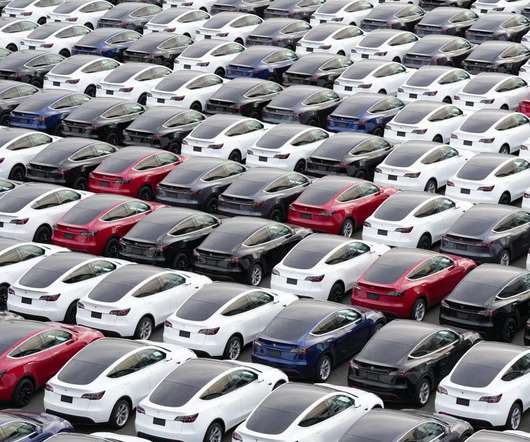CARB releases summary of results of first CO2 cap-and trade auction; CPUC proposes how to use the revenues
Green Car Congress
NOVEMBER 20, 2012
That means new jobs, cleaner water and air—and a working model for other states, and the nation, to use as we gear up to fight climate change and make our economy more competitive and resilient. The auction was a success and an important milestone for California as a leader in the global clean tech market. —ARB Chairman Mary D.












Let's personalize your content